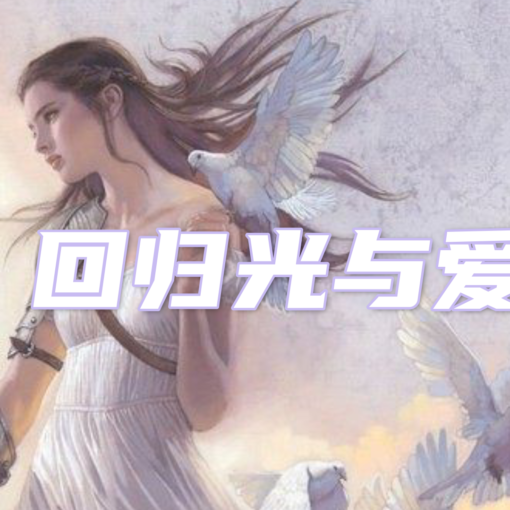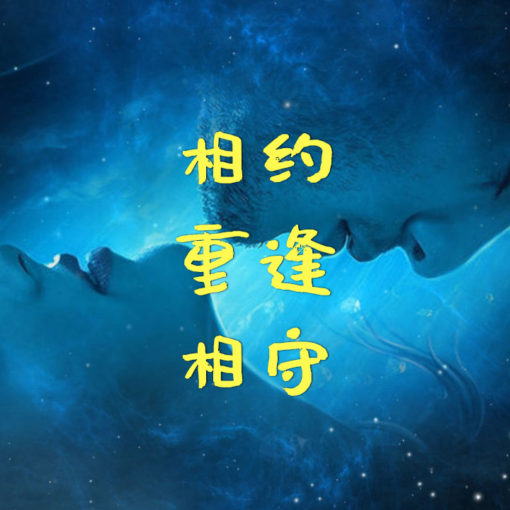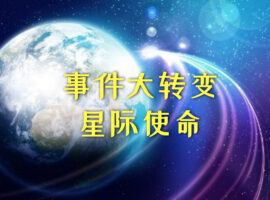A Historical Beijing
历史悠久的北京
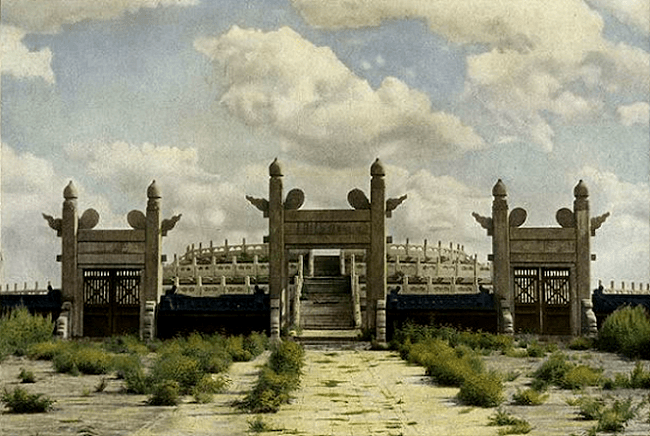
天坛,拍摄于十九世纪二十年代
Altar of Heaven in the south of Beijing Forbidden City, built 600 years ago during the early Ming Dynasty, was a venue for the emperor in the guidance of Daoists to pay personal respect and conduct a private dialogue with higher forces above.
位于北京紫禁城南部的天坛,建立于六百年前的明朝初期,它是在道家思想的指导下,一座让皇帝可以与更高层面的力量进行私下交流,表达崇敬之心的地方。
Chinese emperors were traditionally regarded as the representatives of the celestial authority on earth.
传统上来说,中国的皇帝被看作在地球上施行天权的代表。
目录
传统文化对天的理解
Traditional Chinese concept of heavens are the realms with purer yang qi than human worlds that are filled with 50/50 yin qi and yang qi. Of course, the exact yin-yang balance in each individual and each nation during each historical period varies.
在传统中国的理念中,天界充满了纯粹的阳气,而人类的世界,则是由阳气和阴气各半组成。当然,在每个个体和国家中,阳气和阴气之间的平衡是不同的,也随着时间的流逝而变化。
The domains below the human’s are dominated by yin qi, such as the ghost worlds, animal kingdoms and hells.
低于人界的领域,以阴气为主,比如鬼界,动物界和地狱等。
Lower domains are the shadowy reflections of the higher realms. The events on earth are the delayed replays of the occurrences in heavens, which is why it is possible to foretell coming incidents on earth by observing the movement of the sun, the moon, the planets and the constellations in the sky. Same applies to the words below that of humans.
较低的领域来自较高的领域的投射。地球上发生的事情,是天界发生的事情延迟在物质层面的体现,这就是为什么通过观察太阳、月亮、行星和天空中的星座运动,就可以预测地球上即将发生的事情。同样的原理,适用于低于人界的领域。
Native Chinese “religion” is Daoism, but I don’t think it can be considered as religion in a conventional sense as the term “religion” is commonly defined. It does not believe there is a single almighty God that created the world, and does not worship any external entities or forces as gods.
中国本土的“宗教”是道教,但是它并不是传统意义上的宗教。道教不认为存在一个单一的万能的创造了世界的神,它也不会把任何外部的实体或者力量当作神来膜拜。
It considers the universe was born from Nothingness when a split took place that gives rise to yin-yang dual forces which are the bases of all things in the universe and the driving forces to all occurrences in the world as the result of the yin-yang forces trying to keep balance in motion.
它认为,宇宙是从虚无中诞生,当分裂产生时,也诞生了阴阳这双重的力量,这是宇宙中万物的基础,阴阳也是万事万物的驱动力,试图在动态中取得平衡。
So it recognises that the universe is a place exquisitely structured with strict order. There are worlds above us and the world’s below, there are beings more powerful than humans and there are beings less powerful. And you have an opportunity to climb up to a better realm and face a risk to fall down to a worse domain, depending on what you do in present.
它认识到宇宙是一个结构精致、秩序严密的结构,在人类之上还有其他的世界,人类之下也存在其他的世界,存在比人类更强的存有,也有比人类弱小的存有。你有机会进入一个更高的领域,也面临着下沉到更低领域的风险,关键因素,是你当下的所作所为。
It’s not any god but yourself who decides your fate – that is what classic Chinese faith believes.
中国传统的信念是,决定你命运的,不是神,而是你自己。
Of course, there are many powerful individuals and groups living in better worlds somewhere in the universe and like to recruit followers on earth to expand their influence with a promise to grant you a permanent residency in their world after your service.
还有很多强大的存有与团体,居住在这个宇宙更美好的世界中,他们喜欢在地球上招募追随者,从而扩大他们的影响力,并承诺在你完成应尽的服务后,给予你在那个世界永久的居住权。
有这样的存有,他们希望把你训练成一名大师,这样你就可以选择自己想过的生活,而不再受制于其他人的摆布。
Beijing City Wall, the 1930s
老北京城墙,拍摄于二十世纪三十年代
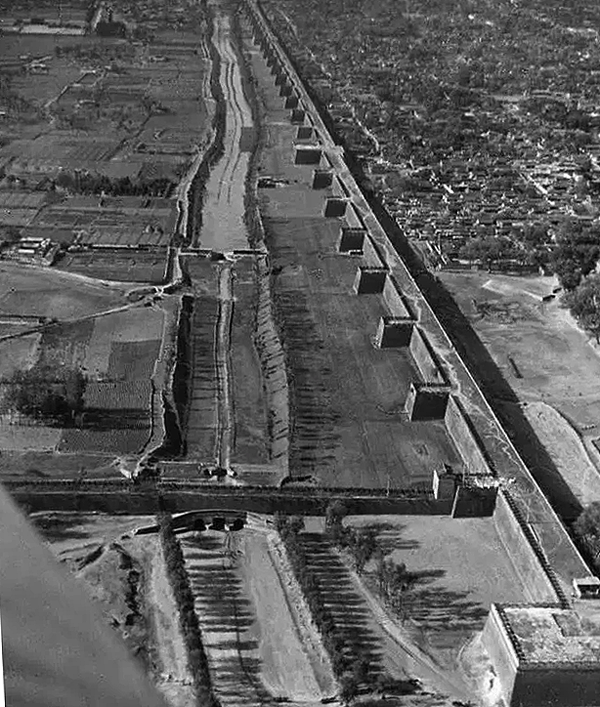
Right side of the city wall: urban Beijing
城墙外:农田
城墙内:北京城
Map of Beijing, 1937
1937年的北京城地图
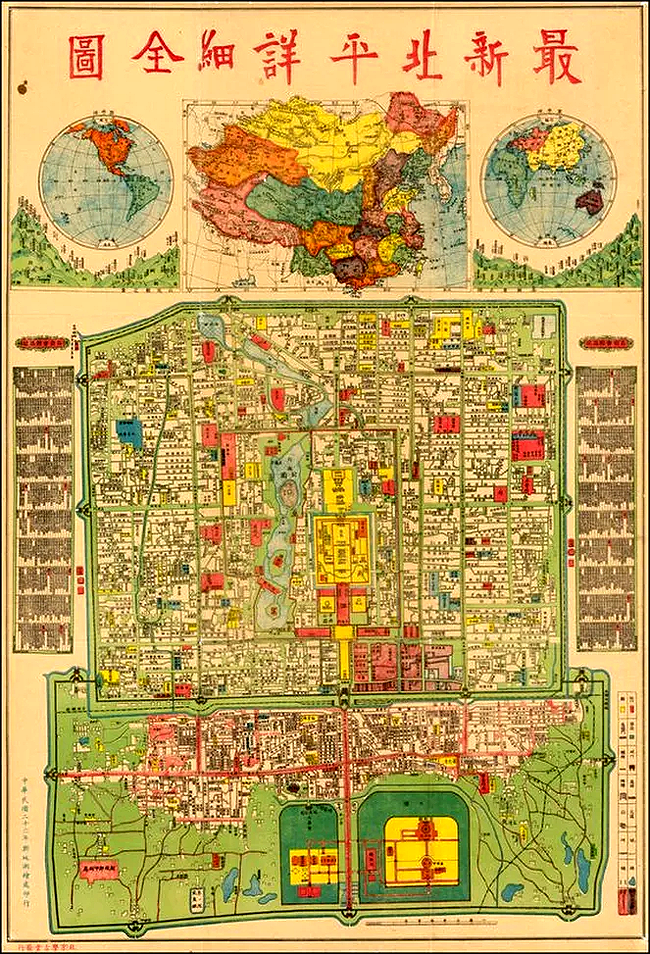
The map was produced by Japanese military force as a preparation for a full scale invasion of China. That year on July 7, the Japanese armies stationed outside the Beijing bambarmed and broke into former Chinese capital (by then capital was moved back to Nanjing).
该地图是日本军队为全面侵华而制作的,那年的7月7日,驻扎在北京城外的日军猛烈地侵入原中国首都(那时首都已经迁至南京)
In 1421, the third Ming emperor Yongle relocated the capital from Nanjing to Beijing, 19 years after he usurped the throne through military campaigns.
1421年,明朝的第三位皇帝,永乐大帝,通过军事政变夺取政权的十九年之后,将首都从南京迁移至北京。
Thus he built a new Forbidden City, a new Temple of Heaven, a new capital city and a new city wall in Beijing, based on original design for Nanjing, which are what we see today in Chinese capital.
在南京原皇宫设计的基础上,在北京建立了一座新的紫禁城,新的天坛、新的首都和城墙,这就是我们现在在北京可以看得到的。
Culture Gate (Congwenmen), 1950
崇文门,拍摄于1950年
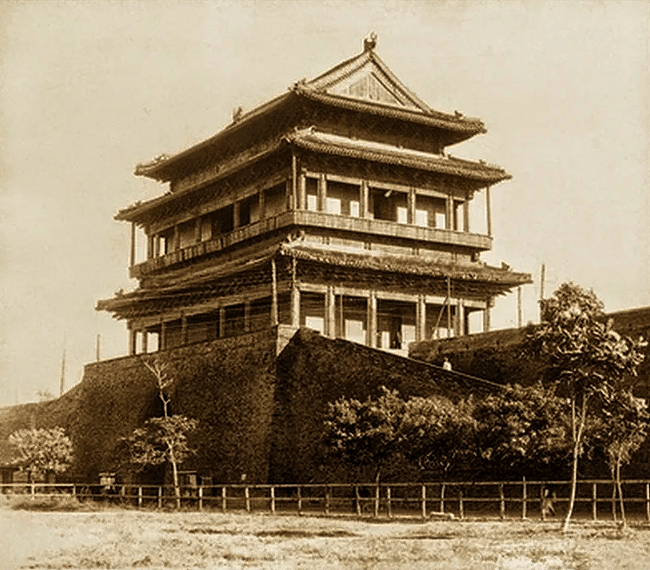
It was one of the nine gates to the Inner Beijing City and located in the east of the inner city wall, facing the direction when the sun is rising and all things on earth get nourished and grow.
原名文明门,俗称哈德门、海岱门,是北京东南方的一座城门,文明之名来自《周易·大有卦·彖传》“其德刚健而文明”。
During the Ming era, it was the gate for the prized scholars who passed the state-level academic exam to get into the city to receive the cheers from the public and attend a lavish banquet hosted by the emperor prior to being appointed a position in government.
明朝时,通过国考的名士进京,迎接民众的欢呼,参加皇帝准备的盛大宴席,才被任命当官。
Opposite the Cultural Gate in the west inner city wall is Xuanwumen, Gate of Declaration of Military Action, where the troops marched out to the war.
与之相对应的是宣武门,那里是军队出征参战的地方。
Sunny Gate (Chaoyangmen), 1955
朝阳门,拍摄于1955年
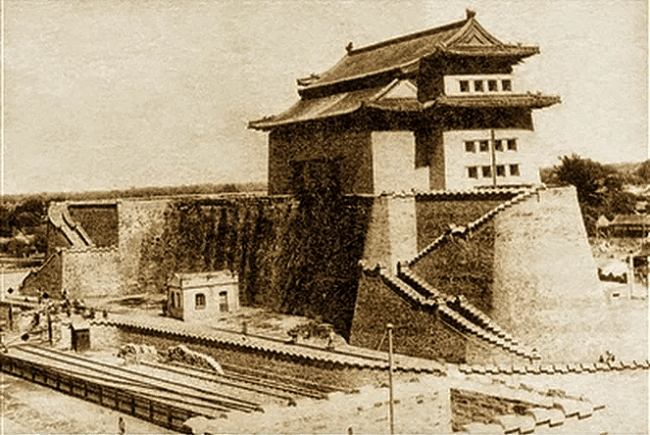
It was one of the nine gates to Inner Beijing City and located in the east of the inner city wall. During the Ming era, it was the gate for food to be transported into the city.
朝阳门,原名齐化门,历史上是北京内城九门之一,位于内城东垣正中。是漕粮出入的城门,京城百姓的口粮基本均来源于此。
West Gate (Xizhimen), 1951
西直门,拍摄于1951年
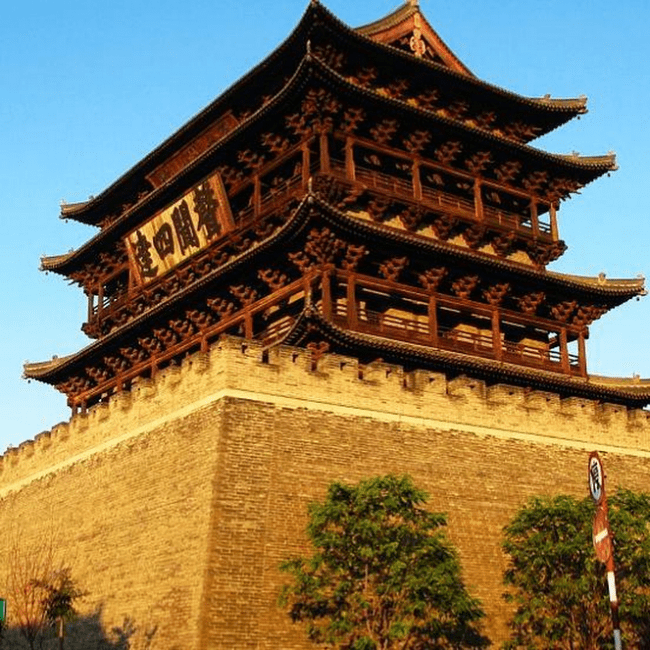
It was one of the nine gates to inner Beijing City and located in the west of the inner city wall. During the Ming era, it was the gate for fresh water to be transported in on daily bases.
西直门,别名水门,是北京内城的九大古城门之一,自元朝开始就是京畿的重要通行关口。是明清两代自玉泉山向皇宫送水的水车必经之门,因此有“水门”之称。
Opposite the West Gate in the east inner city wall is Dozhimeng, East Gate, from where firewoods were brought into the city.
与之相对应的是东直门,柴火由此运进京城。
原文:https://www.viewofchina.com/historical-beijing/,有改动
翻译:Soluna
